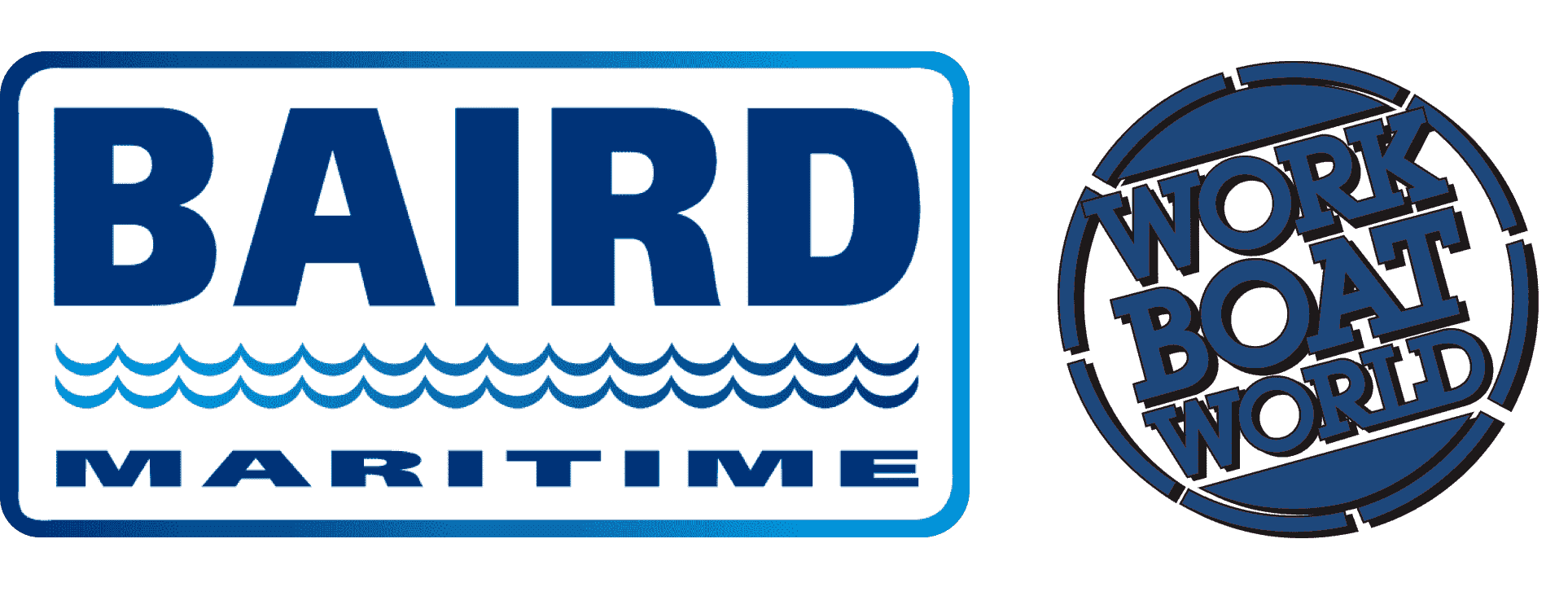Royal Greenland improves results in H1 2025 but still posts loss
Greenlandic state-owned seafood company Royal Greenland has announced a significant improvement in its half-year financial results for 2025. The company's result before tax showed a positive development of DKK48 million ($6.72 million) compared to the same period in 2024 when it posted a deficit of around DKK59 million. This improvement, which amounts to a total of DKK102 million compared to 2023, is attributed to the company's turnaround and strategy plans.
Despite the improvement, the company still reported a deficit of DKK11 million before tax for H1 2025 and described the result as "unsatisfactory" in light of its long-term economic ambitions.
The company said the positive trend underscores the effect of its turnaround plan, which was implemented in 2024 to ensure immediate cost and revenue improvements. This was followed by the company’s three-year strategy, which it said is also beginning to have a “positive” impact.
Interim CEO Preben Sunke stated that the results confirm the economic ambitions in the new strategy are within reach, including a goal of achieving a five per cent profit margin and a result before tax of DKK250 million by 2027. He added, however, that the company must continue to focus on reducing costs and improving earnings in constantly changing markets.
The report also detailed a number of external challenges that negatively affected the company's performance. Unstable ice formations, lower catch rates, and delays in vessel operations impacted the fishing of halibut, shrimp, and lumpfish. Overall sales volumes were 11 per cent lower than in the same period last year. However, offshore fishing for halibut and cod was stable, and capelin fishing has resumed in East Greenland.
In its international activities, the company achieved reasonable results in Canada due to good catches in the first half of the year. In Chile, following analyses, Royal Greenland has decided to explore the possibilities of divesting its shares in its local business. The company is also initiating the winding down of its cooperation with Maniitsoq in Norway after its partner's fishing licence for snow crabs was revoked on appeal.
Looking ahead, the company expects shrimp and inshore halibut and cod fishing to remain challenged in the second half of 2025. The political ambition to reallocate part of the company’s offshore halibut quota, if implemented, could negatively affect the result for the second half of the year.
However, positive trends in market prices and the arrival of a new high-tech trawler, the Kaassaasuk, give expectations of continued earnings growth. The company stated that its future investment program will focus on land facilities in Greenland, highlighting the establishment of a new fish factory in Tasiilaq as an important first step.


